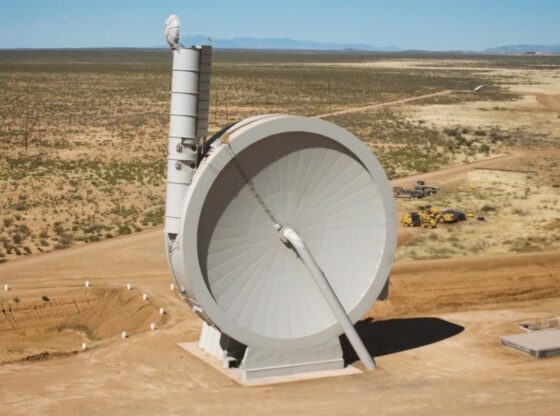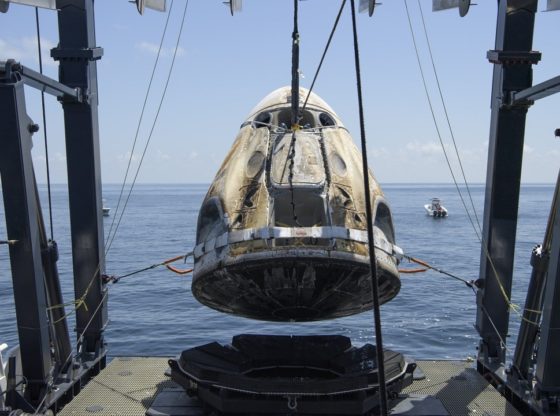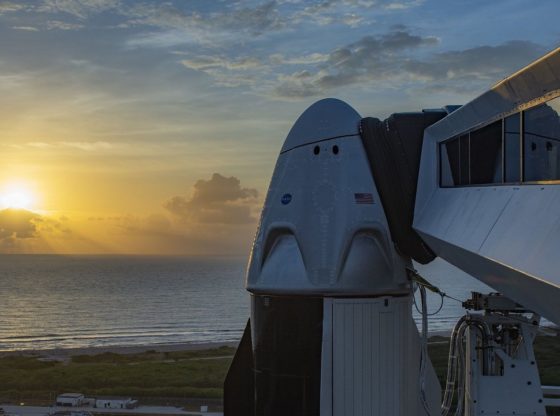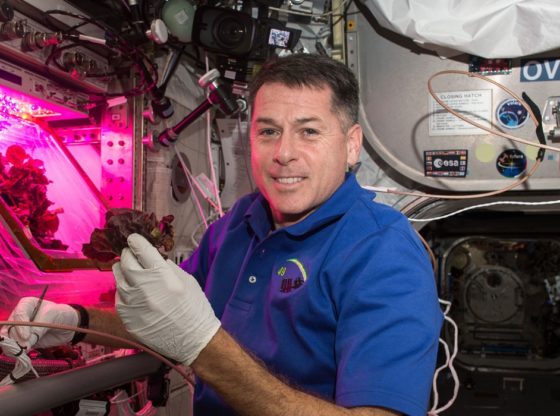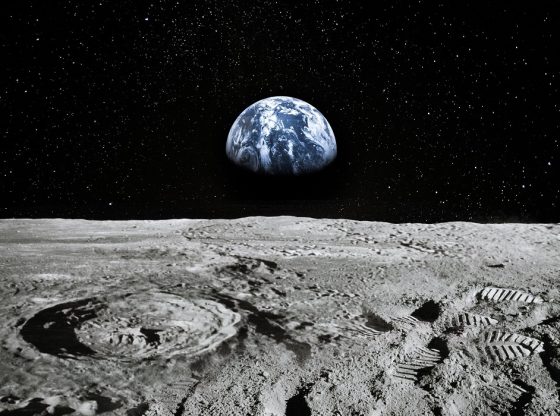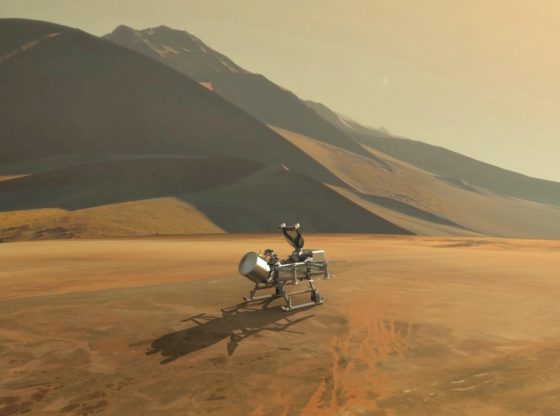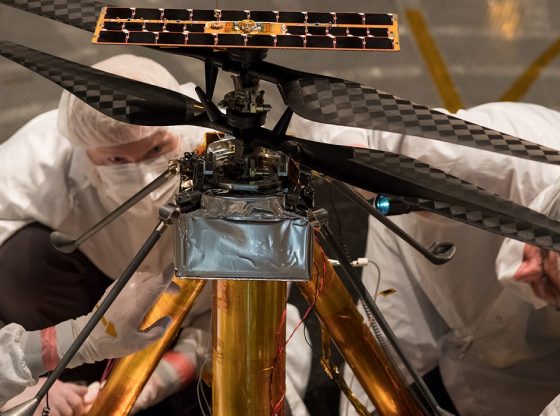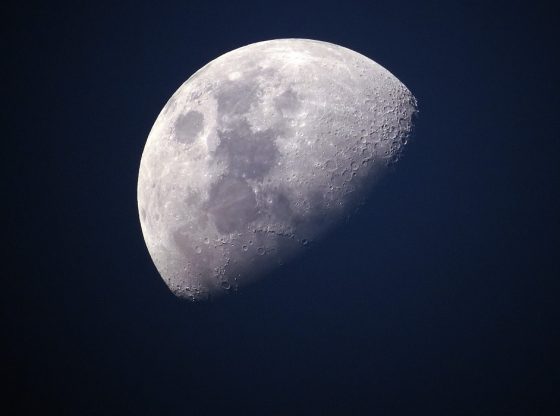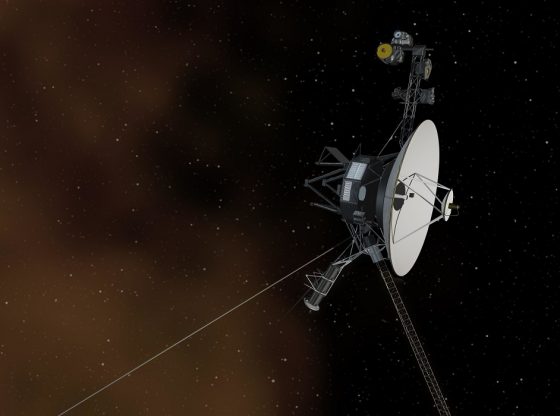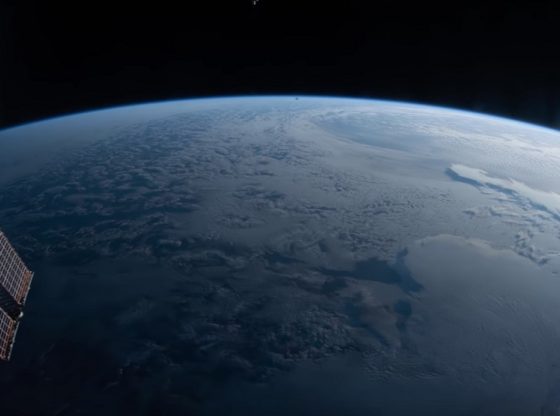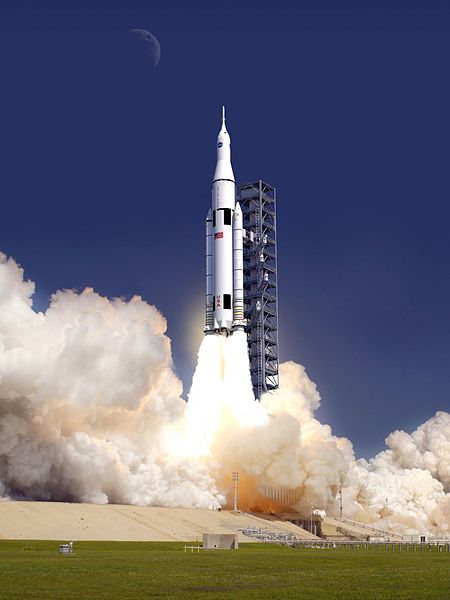
Two months ago NASA began a design review of its next generation of a heavy-lift launch vehicle, the so-called Space Launch System (SLS) and NASA now confirms that the SLS has passed the review gracefully and was given a go ahead.
This implies that SLS has finished the design and technological development phase and enters the next phase. This being the so-called “Key Decision Point-C” phase, when the SLS goes from being a concept on paper to construction and real-world testing.
The SLS concept was first announced in 2011 and then went through the initial development phase defining what capabilities are required, what its boosters, engines, and payload integration should be able to carry.
But since then the Orion spacecraft has also been approved and the Orion or MPCV (Multi-Purpose Crew Vehicle) constitutes a large part of what requirement SLS must fulfill.
The Orion is the next generation spacecraft for a manned mission by NASA. Built by Lockheed Marin for it is defined as a craft capable of manned missions to both the Moon and to nearby asteroids, even Mars has been proposed.
The SLS rocket is large, being 98 meters tall (321 feet) and with a weight of 2,500 tons (5,5 million pounds) fully loaded, the SLS is actually the largest launch vehicle ever built.
It will be tested together with the Orion crew module in 2014 and embark on its first unmanned test mission in 2017, during which it will deploy an Orion module. The first manned missions will take place in 2021.
_______________
Space Launch System Mission Page
______________________________

